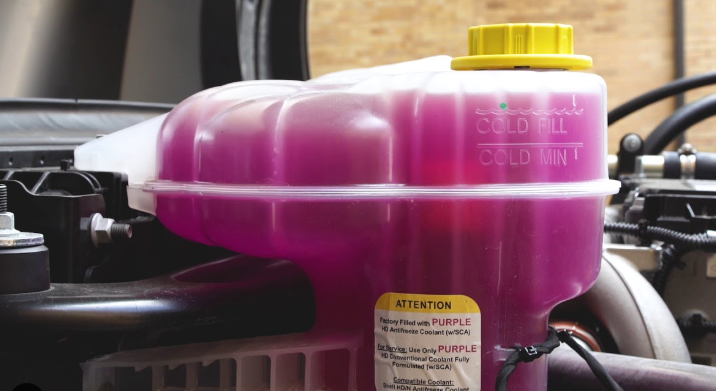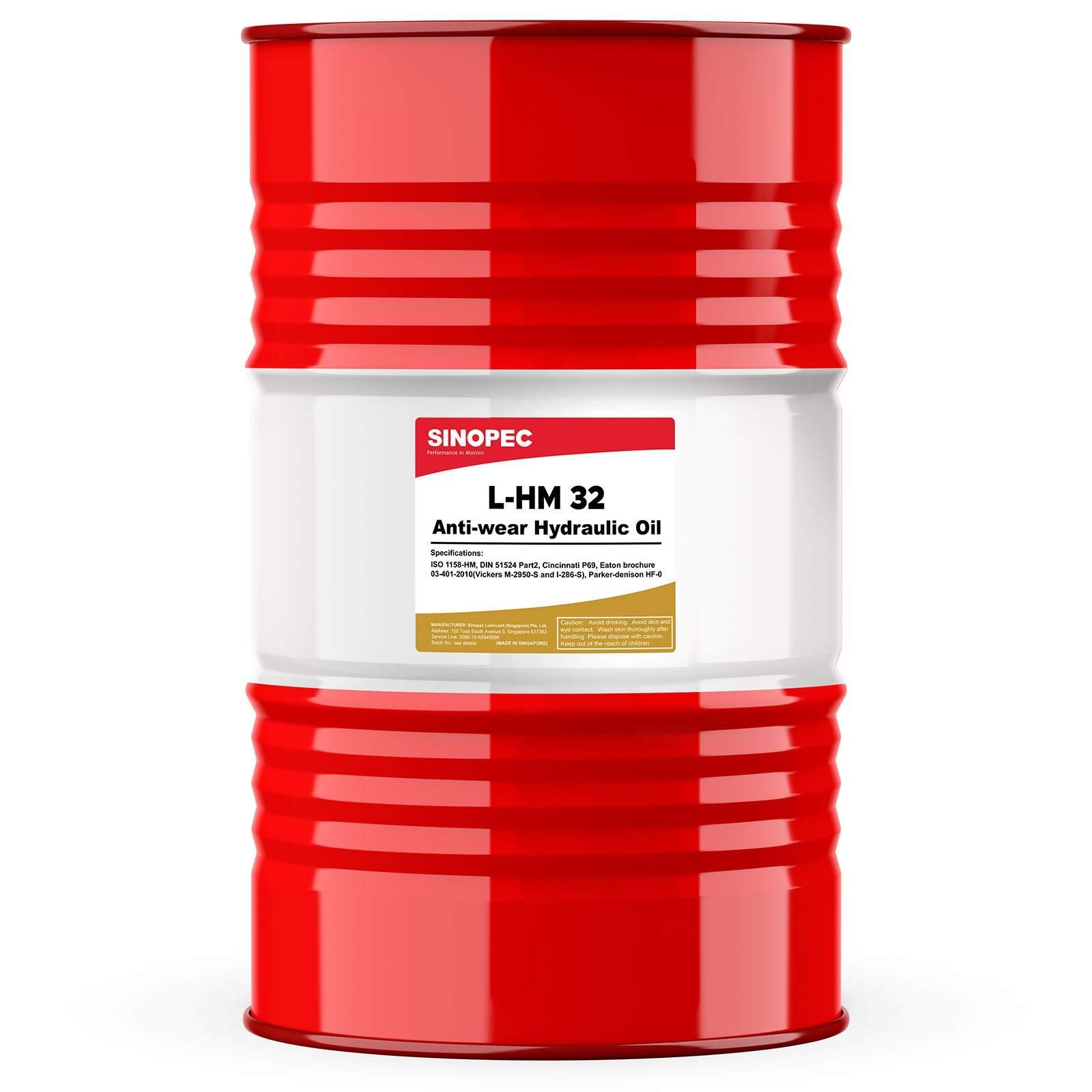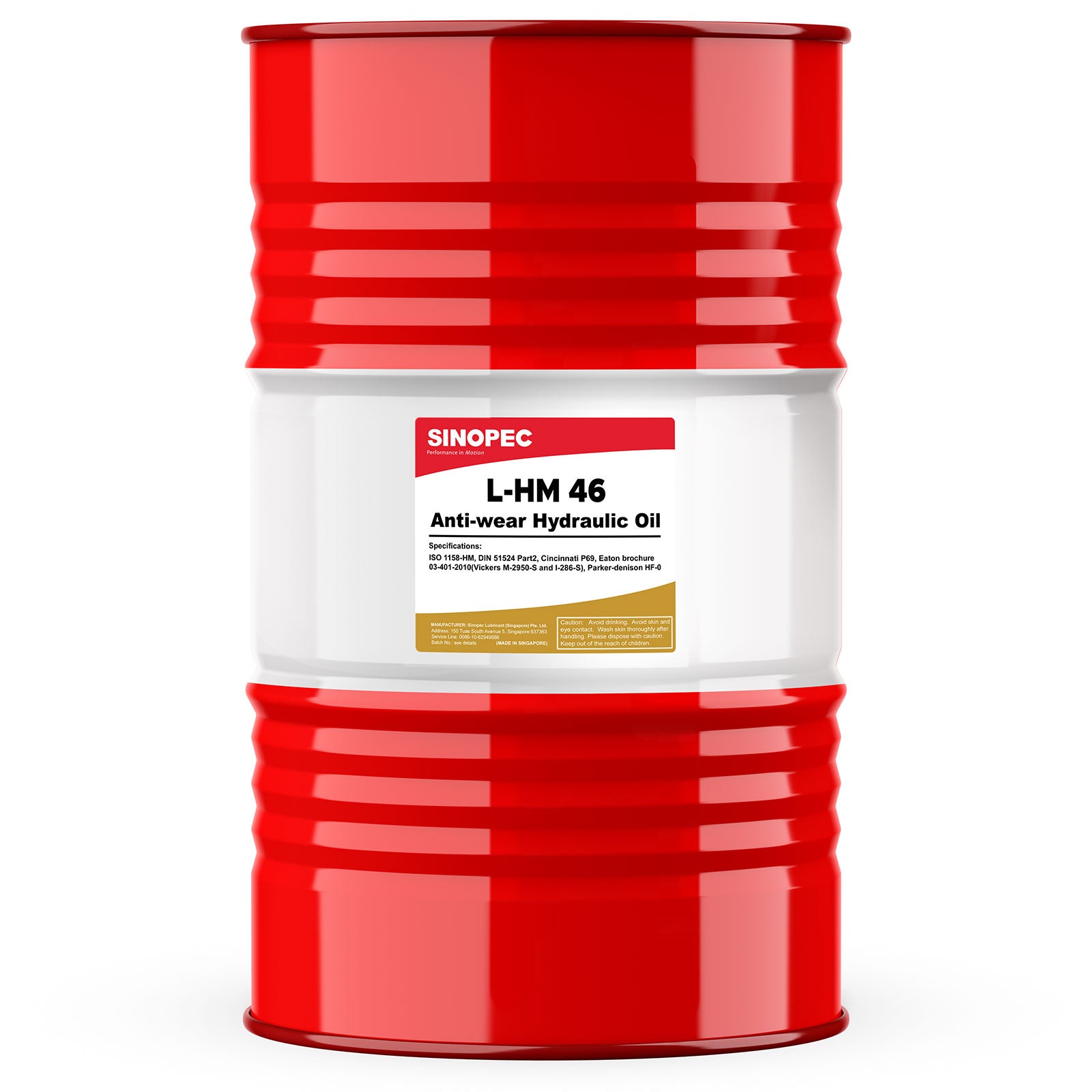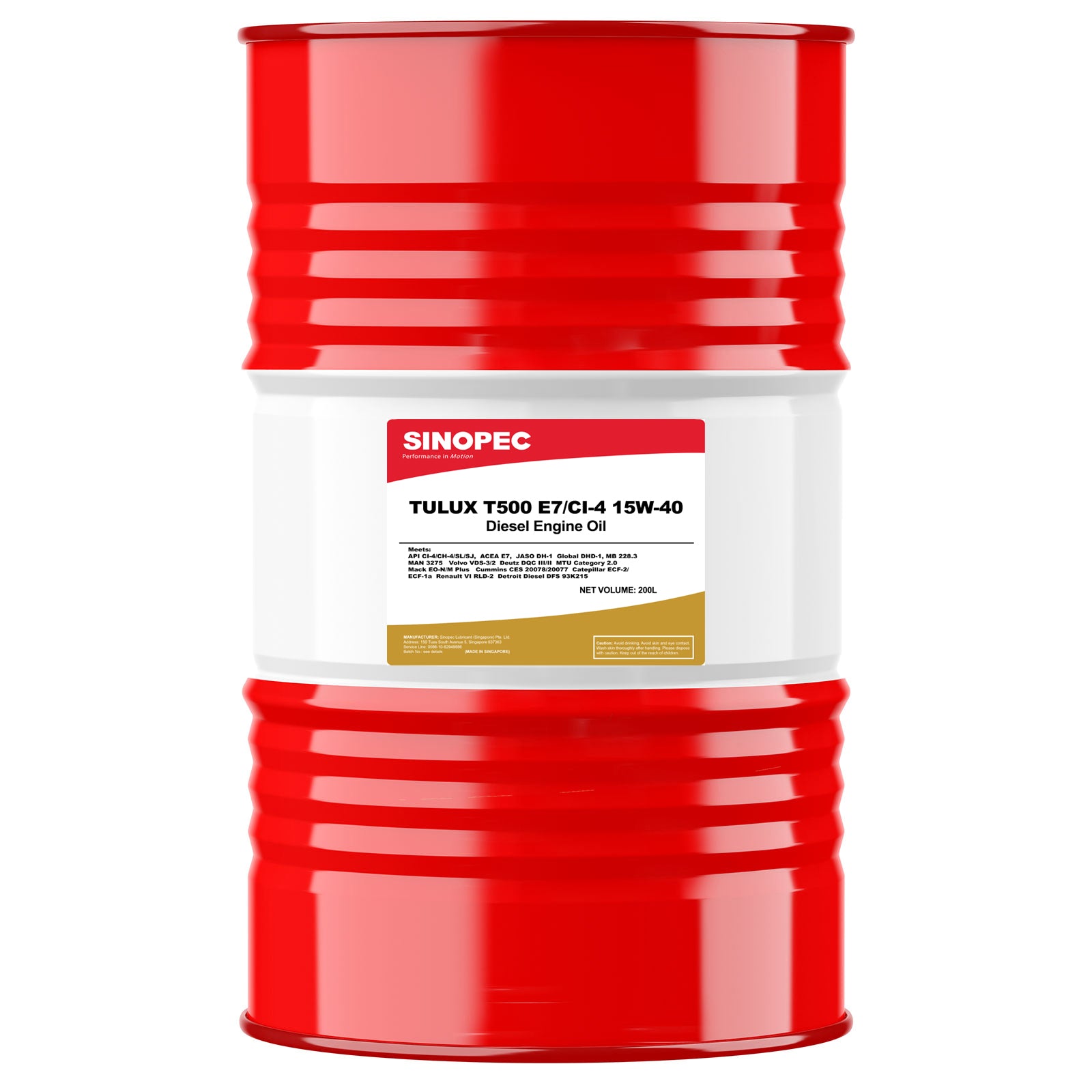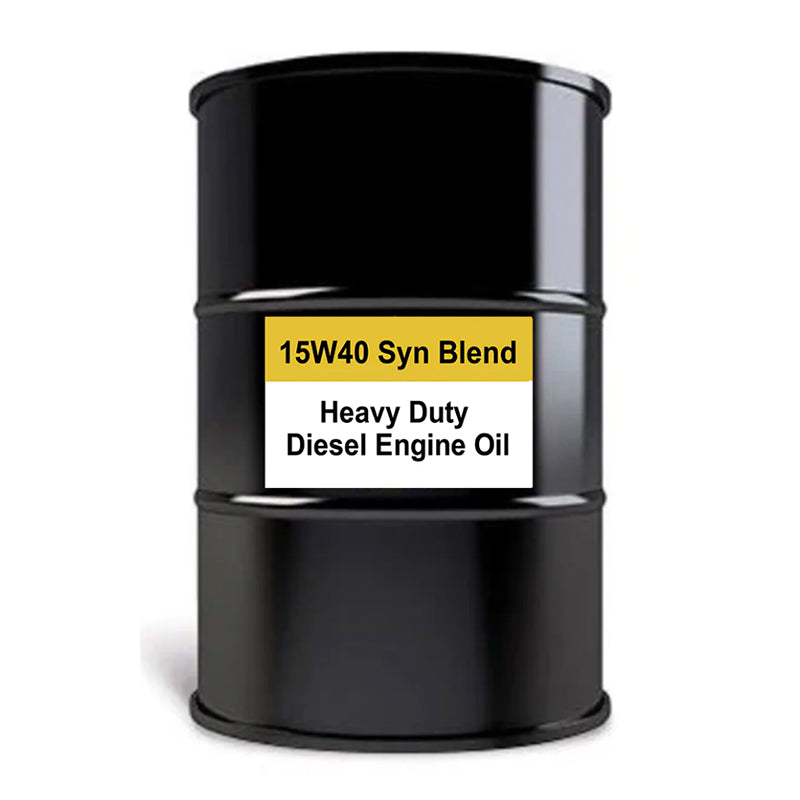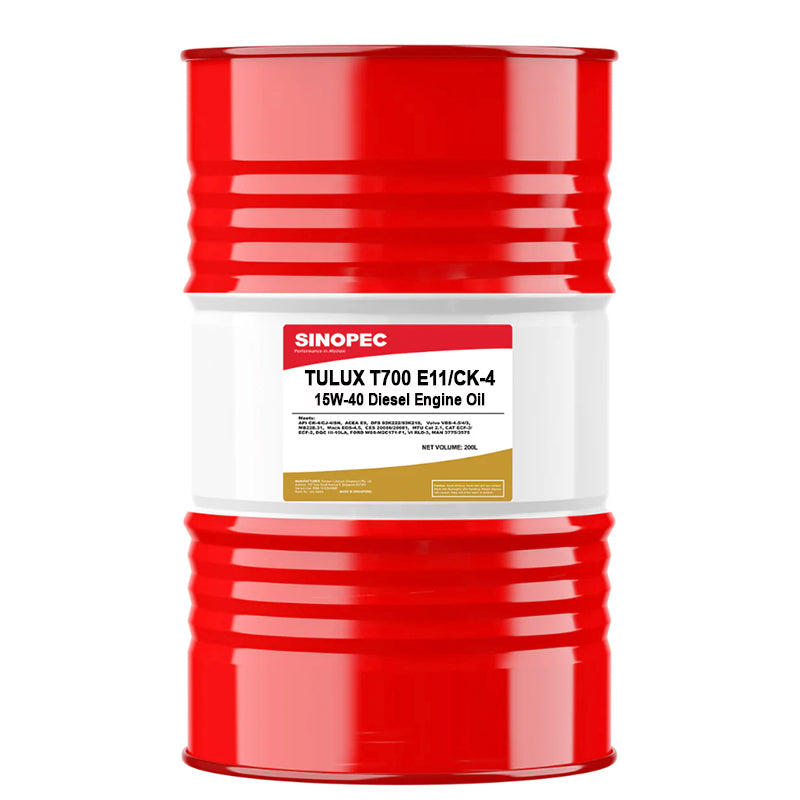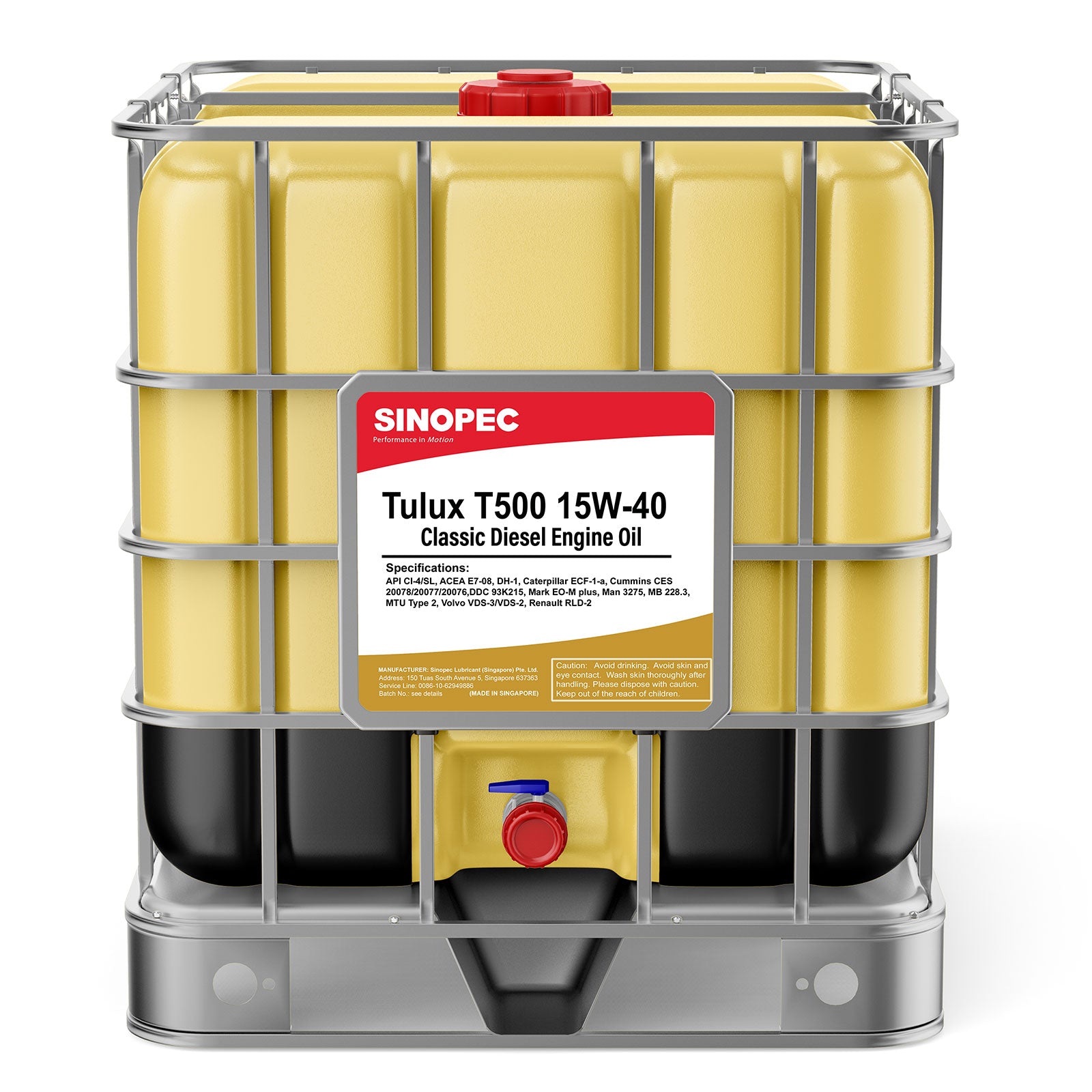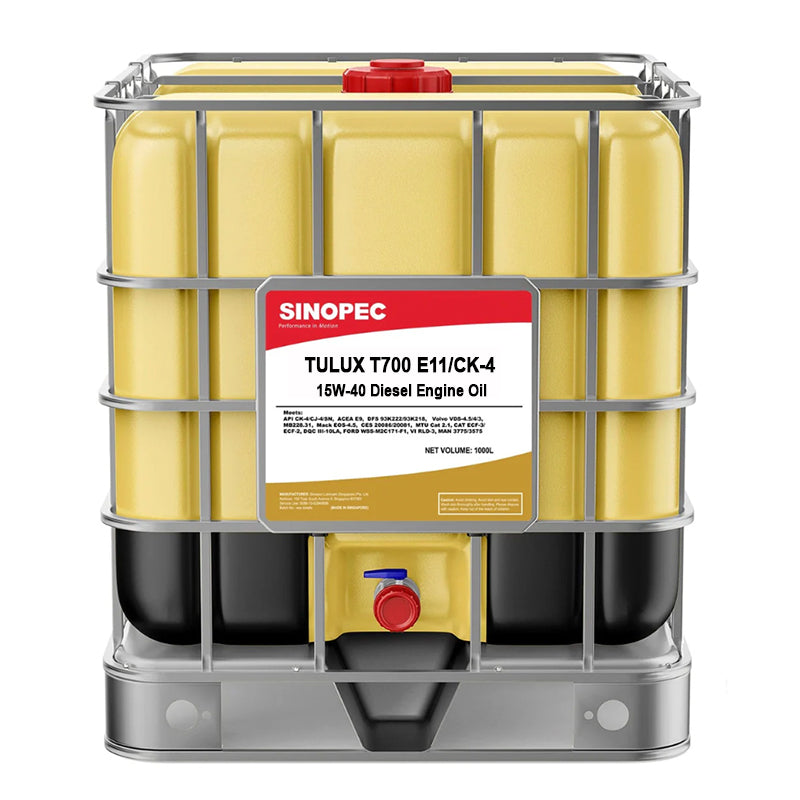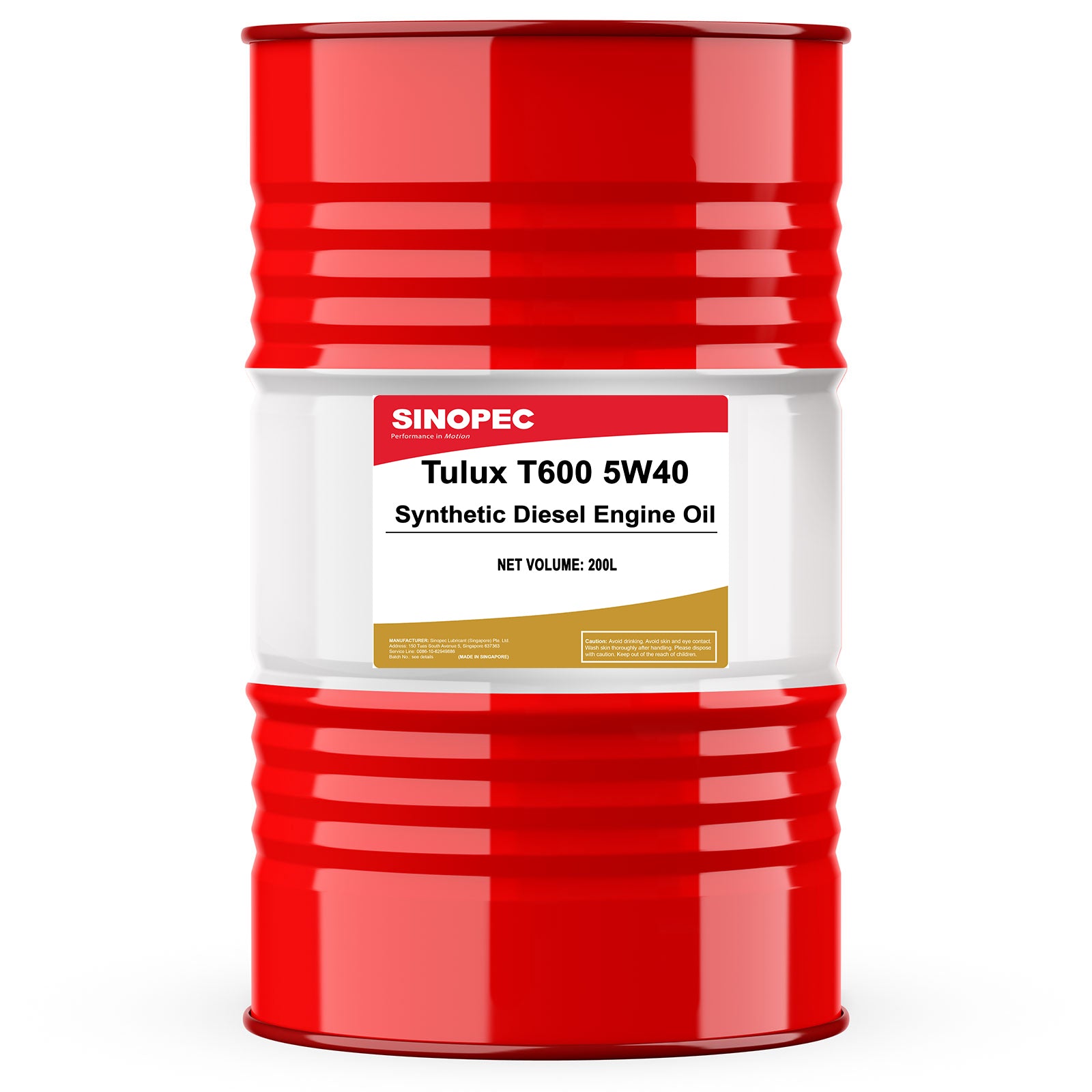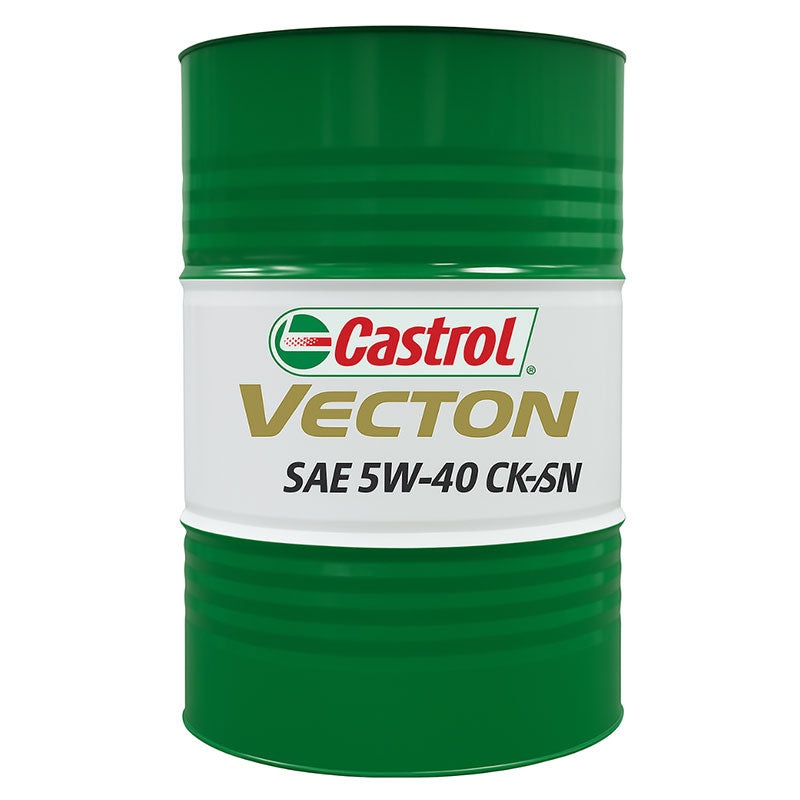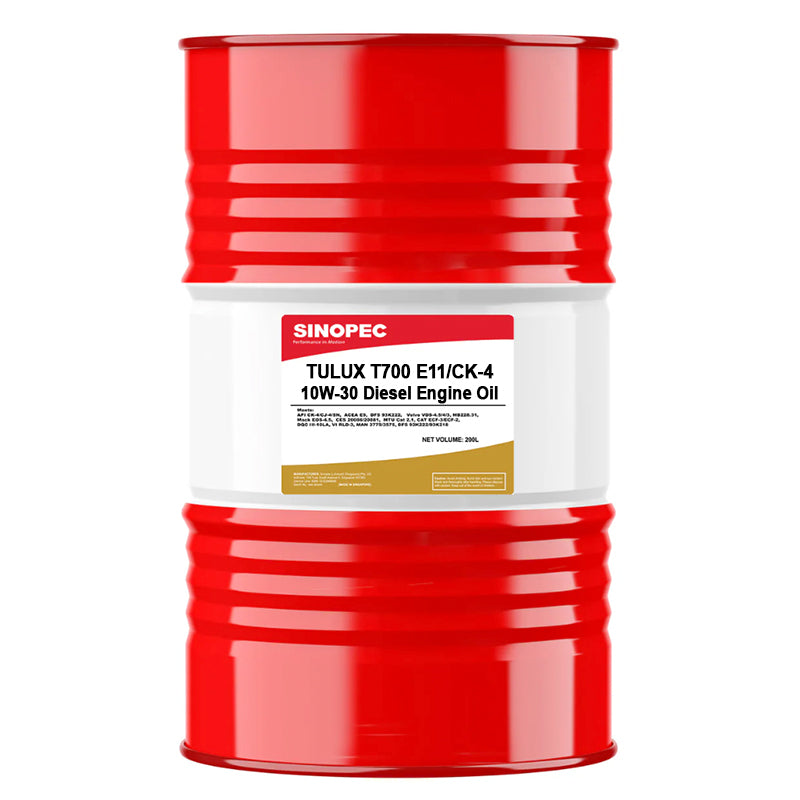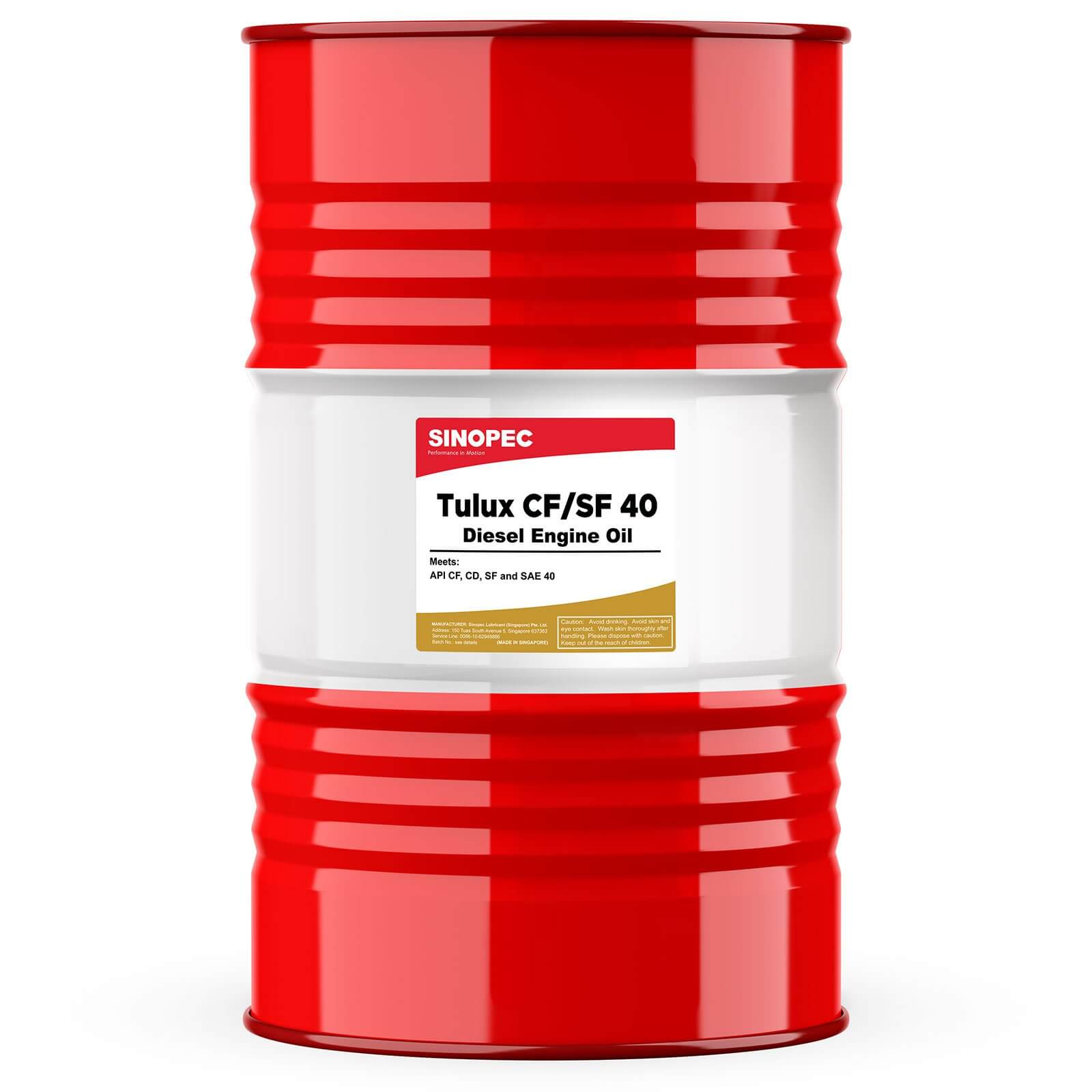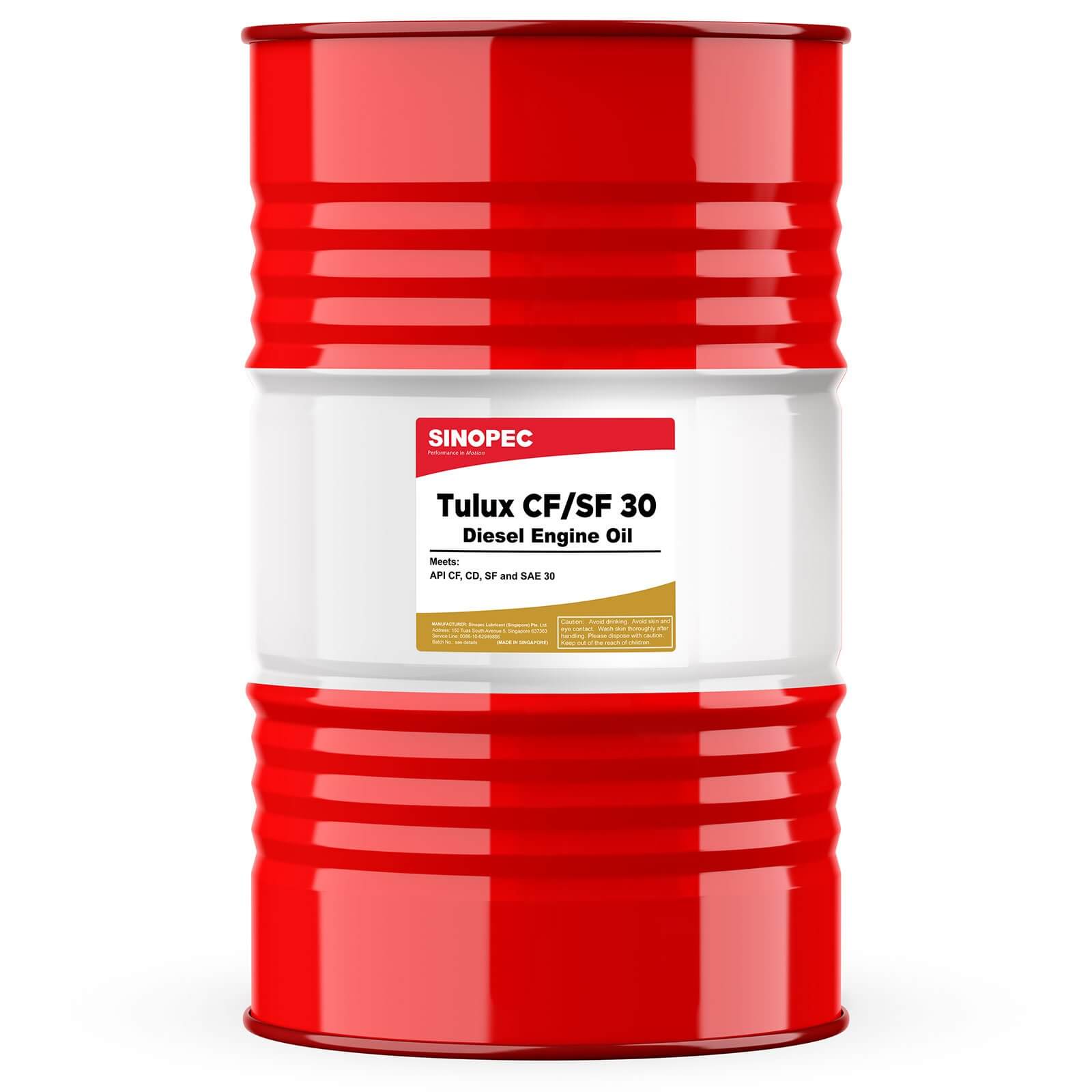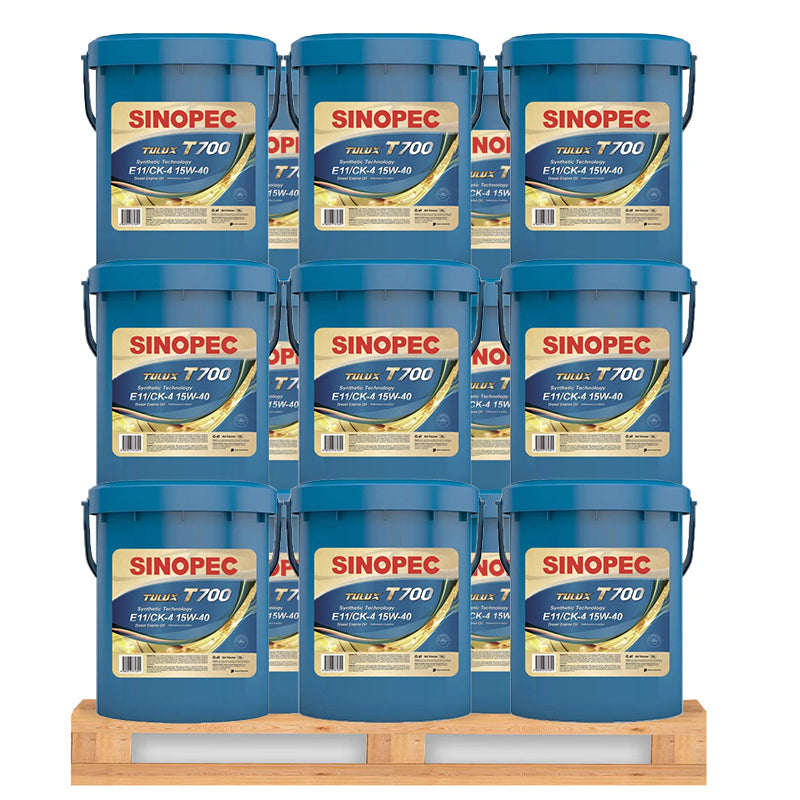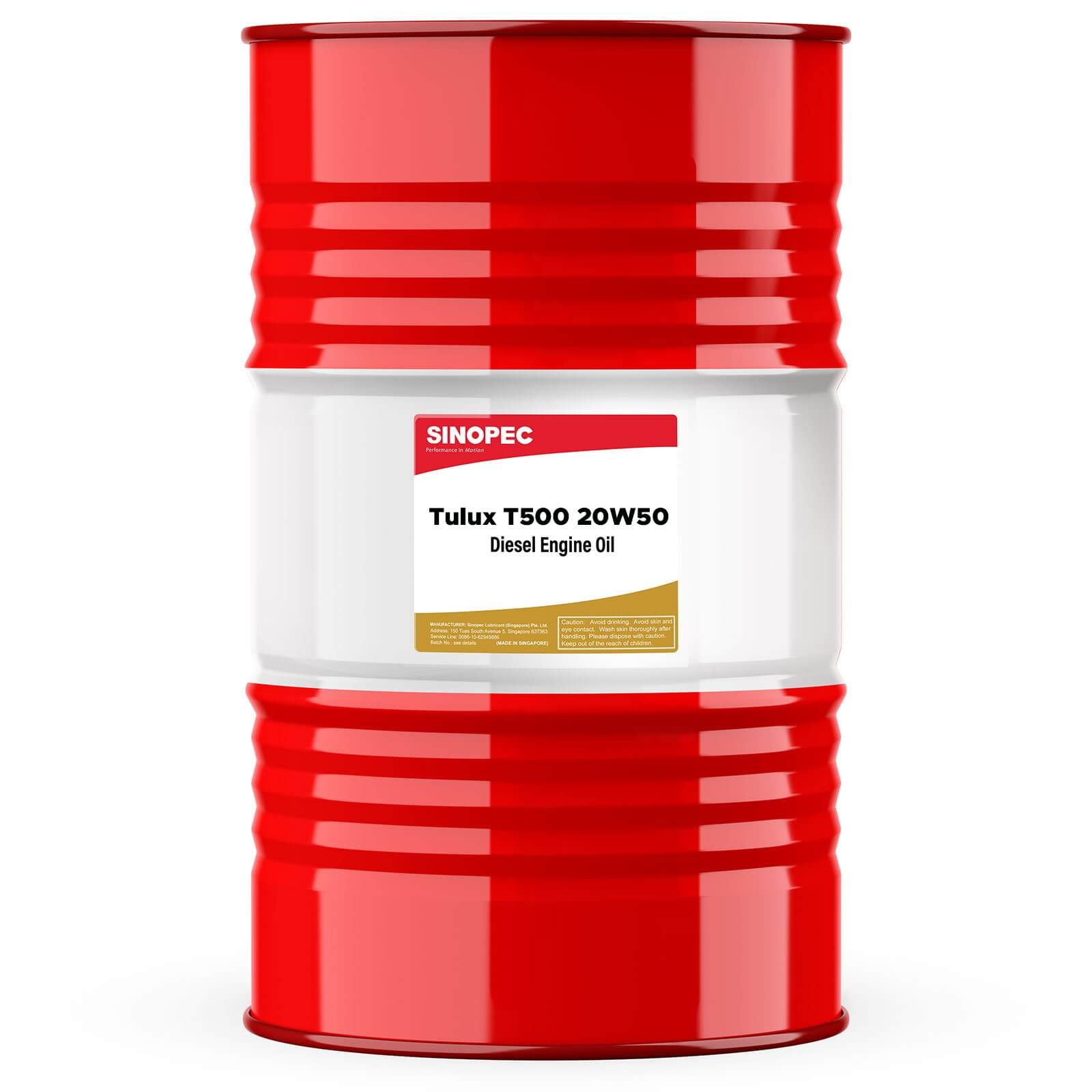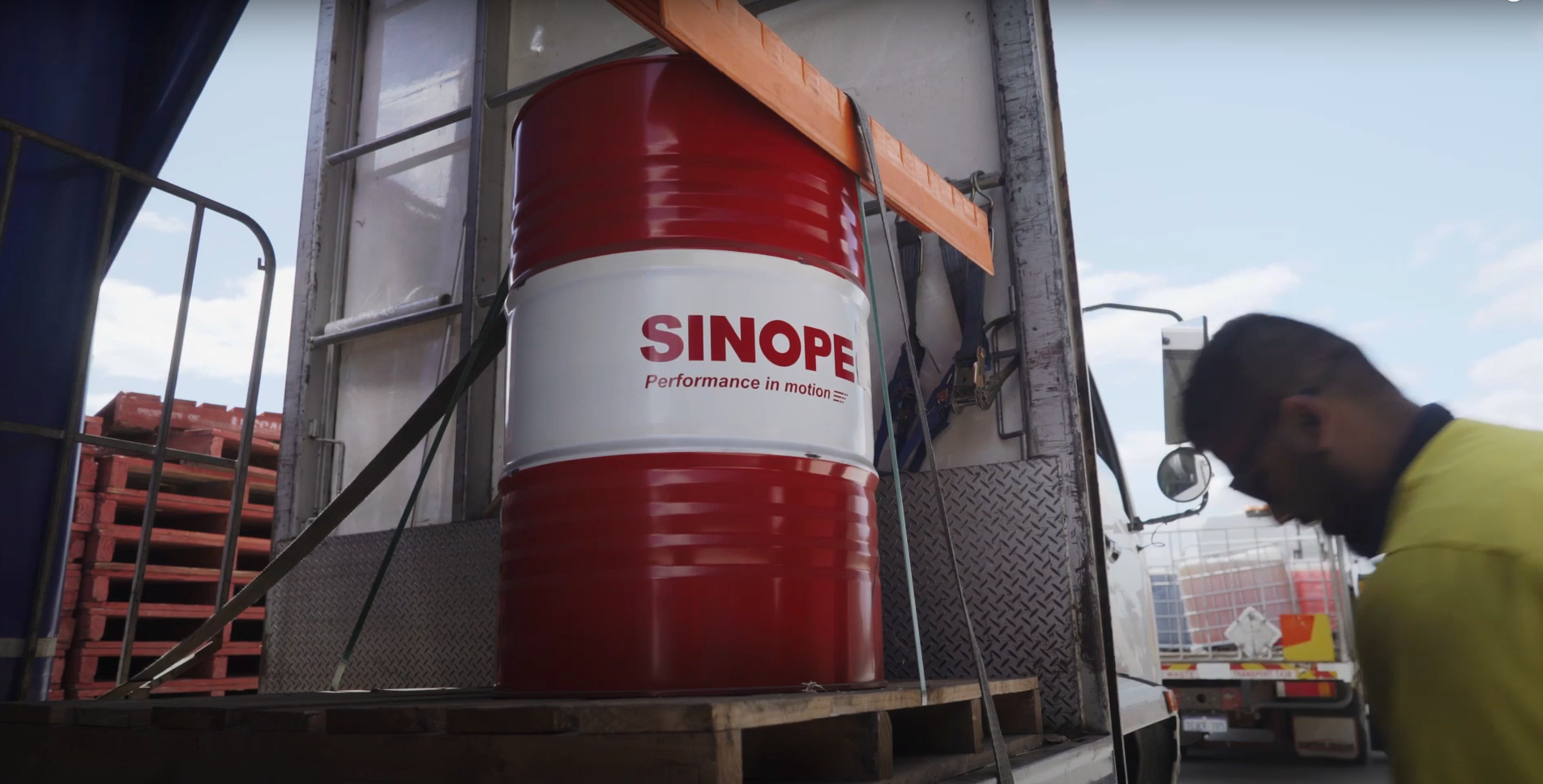WHAT COLOR ANTIFREEZE SHOULD I USE or Mix?

Maybe up until now, your car has been dependable, but then you notice a leak. Is it coolant or something else? You try to remember: What color is antifreeze? Taking note of the color, along with other clues, will help you determine what you’re dealing with. Coolant leaks are a common enough complaint that can cause major problems, but you first need to know if you’re dealing with it or another fluid.
HOT AND COLD
Antifreeze is used by gas and diesel engines to both cool them down and prevent freezing as well as to help keep passageways clean and prevent corrosion. Without coolant, the operating temperatures of engines would otherwise be self-destructive. Water won’t do the job; in a car’s system, it’s corrosive, and in cold climates, it freezes. So coolant or antifreeze helps protect the engine from temperature extremes.
If you’re low on antifreeze, your car isn’t protected, and if an engine is leaking antifreeze, it is a hazard. What usually starts as a small leak can grow, and you could end up with a major leak or a blown engine.
HOW TO CHECK FOR A LEAK
Many modern vehicles have low coolant warning lights on the dash, which should always be heeded. If you have to top off the antifreeze frequently, take your car to a mechanic to locate the leak and repair it. The most common areas to check for coolant leaks are its pathways: the water pump or around the radiator, thermostat housing and coolant hoses. You might also have a sneaky coolant leak from your heater core and connected hoses, which potentially can result in a leak inside the passenger compartment. Aside from the color, one telltale sign you’re dealing with coolant rather than another fluid is its syrupy sweet smell.
Generally speaking, coolant has a bright and vibrant appearance, but the specific color of antifreeze in your vehicle depends on the type specified in your owner’s manual. The most common are green, orange, red, purple, blue, yellow and pink. But the type of antifreeze used is what really matters. If you refill a low coolant reservoir with the wrong chemical, you’ll end up with a muddy mixture and deposits that will clog your system. For this reason, pay close attention not just to the color of the coolant you’re replacing but whether it’s inorganic acid, organic or hybrid. Different colors alert you to different additives, but they are not standardized across the industry and vary by manufacturer.
Always remember to allow an engine to cool before attempting any work on the cooling system, and wear proper protective gear when you do so: gloves and safety glasses. Whatever you do, don’t ignore leaks. And if you find that it’s antifreeze, take your vehicle to a mechanic as soon as possible.
For Technical Support or Questions? Please Call: 1-855-405-6789
Shop Antifreeze Products Online

